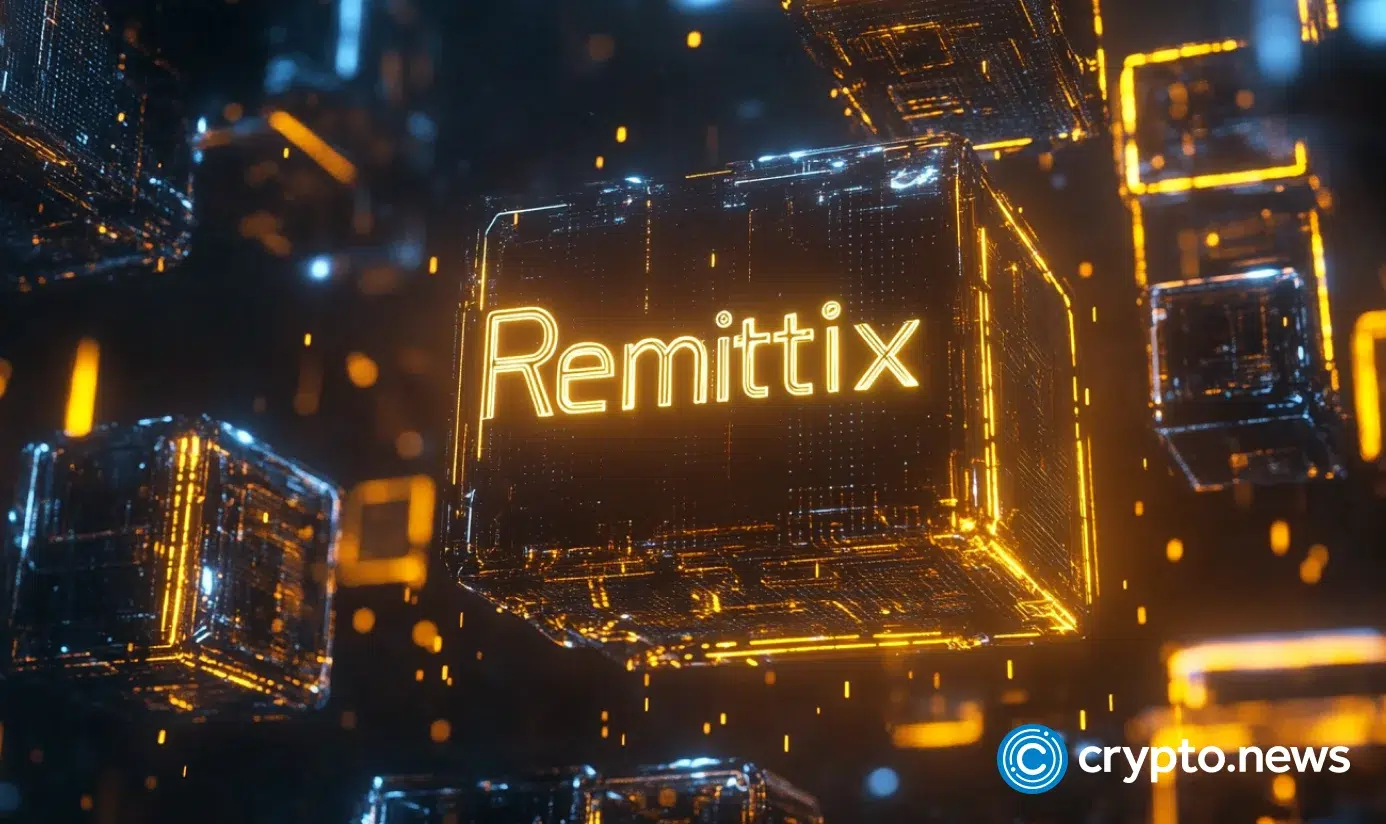Disclosure: This article does not represent investment advice. The content and materials featured on this page are for educational purposes only.
Solana’s speed faces competition from a new PayFi protocol aiming to change cross-border payments.
SOL has long been recognized as one of the most promising blockchain platforms for high-speed transactions, but a new PayFi protocol is emerging to challenge its dominance for potential gains in 2025.
Many investors still see Solana’s technology capable of up to 65,000 transactions per second as a key advantage and the prospect of a recently approved SOL ETF has only added to the excitement.
Yet, with the ever-evolving nature of crypto, novel solutions that blend traditional finance and blockchain could carve out significant market share.
Amidst all these, there is a rising altcoin that aims to change cross-border payments by merging crypto’s speed with the familiarity of FIAT systems, positioning it as a formidable rival even if SOL remains a market favorite.
Will a SOL ETF secure dominance or simply spark competition?
Speculation about an ETF tied to Solana’s native token has captured headlines for months, and in recent weeks, reports suggest regulatory bodies are inching closer to approval.
Some analysts believe a SOL ETF could mirror the impact seen in Bitcoin’s futures-based funds, triggering a new wave of institutional capital. While this may push Solana’s market cap higher, it may also invite intense scrutiny, especially if the crypto market remains volatile.
Despite these optimistic signals, SOL has faced multiple headwinds, including occasional network slowdowns and broader market downturns that spooked risk-averse investors.
Daily on-chain transactions remain robust, often surpassing 66 million, reflecting Solana’s compelling use cases in DeFi, NFTs, and blockchain gaming.
Many in the crypto sphere credit Solana’s success to its distinctive Proof of History mechanism, which sequences events in a verifiable timeline to expedite confirmation times.
Nonetheless, some traders worry that even with a SOL ETF, sustained growth may require fresh innovations or new partnerships to keep pace with emerging protocols that tackle real-world financial challenges.
Remittix: The PayFi challenger positioning itself for 2025 gains
As SOL solidifies its presence, Remittix is stepping into the spotlight with an entirely different approach solving the costly and time-consuming nature of traditional remittances by converting crypto into FIAT and depositing funds into global bank accounts.
This PayFi focus means Remittix isn’t competing directly with Solana’s DeFi or NFT ecosystems. Instead, it targets a trillion-dollar cross-border payments market historically dominated by high-fee services and burdensome bank processes.
If mainstream adoption follows, Remittix could quickly rival the market impact of SOL, especially if Solana’s growth hinges on an ETF that may only draw in institutional funds.
Remittix’s presale has attracted thousands of early adopters, many of whom cite the platform’s user-friendly design as a reason for its rapid success. Unlike blockchains that emphasize complex smart contract frameworks or specialized development, Remittix aims for broader accessibility.
Its PayFi model removes the complexities of on-chain conversions, letting users send funds in crypto and receive them in FIAT with minimal fees. This real-world utility may give it an upper hand among users who aren’t tech-savvy but need fast, affordable international payment solutions.
Should Remittix achieve 10x or 20x growth post-launch a scenario some analysts consider entirely possible it might disrupt the market narratives currently dominated by tokens like SOL.
Another strategic advantage lies in Remittix’s streamlined integrations with existing banking infrastructure. By lowering barriers for everyday transactions, the project stands a chance of onboarding millions of new crypto users who previously found DeFi or NFT platforms too intimidating.
While SOL remains popular for high-throughput dApps, Remittix’s capacity to handle real-world transactions could prove equally transformative, possibly matching or surpassing Solana’s momentum by 2025.
Skeptics will note that the project is still young, but advocates point to the massive potential of PayFi solutions that bridge the gap between blockchain and everyday financial needs.
Solana vs. Remittix: Which one will define crypto’s future in 2025?
The crypto market’s future often hangs on technological solutions, regulatory clarity, and the ability to solve real problems. An approved SOL ETF may well push Solana’s market cap higher, drawing in large institutional investors and boosting liquidity.
However, the emergence of PayFi platforms like Remittix suggests that a new wave of user-centric solutions could rival established blockchains for top-tier gains by 2025. Solana’s throughput and growing developer ecosystem remain impressive, yet
Remittix’s ambition to unify crypto and FIAT in a frictionless manner could open the doors for widespread public adoption, shifting momentum in its favor.
In a space where cutting-edge features can lose steam without tangible utility, both Solana and Remittix offer distinct paths to mainstream acceptance. While SOL excels in catering to DeFi, NFTs, and high-speed applications, Remittix stands to solve everyday remittance pain points, tapping into a colossal market in dire need of an overhaul.
Only time will tell which approach garners the greatest growth, but as regulatory approvals and user demands shape the crypto landscape, it’s clear that competition is alive and thriving.
For those eyeing returns in 2025 and beyond, keeping an ear to the ground for PayFi advancements might prove just as critical as following headlines on a potential SOL ETF.
To learn more about Remittix, visit the Remittix presale and join the Remittix community.
Disclosure: This content is provided by a third party. crypto.news does not endorse any product mentioned on this page. Users must do their own research before taking any actions related to the company.





